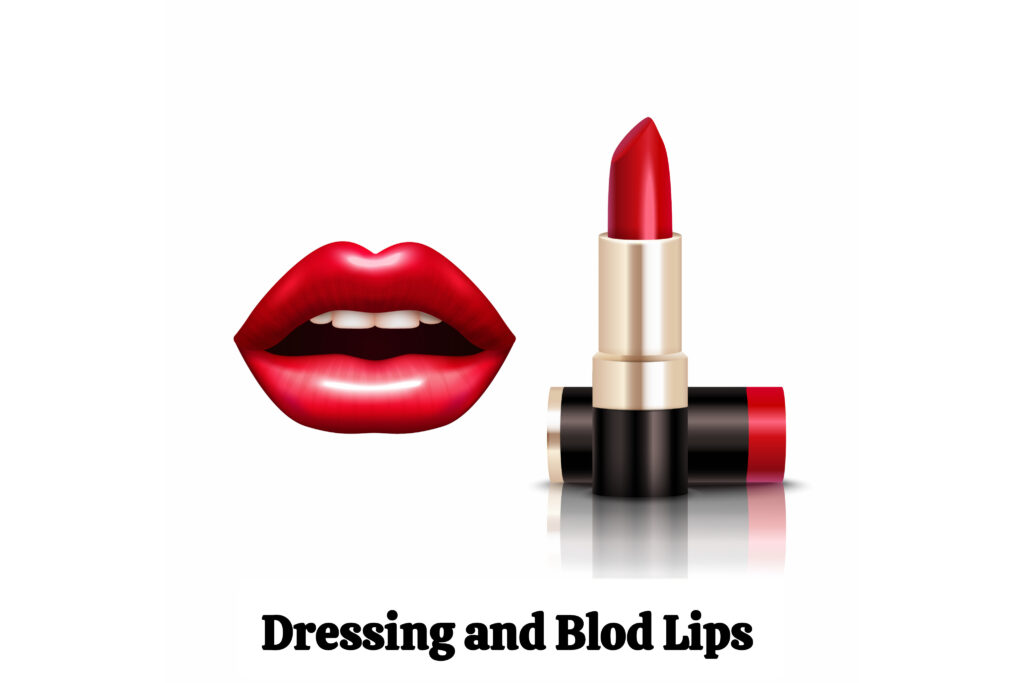Red lipstick has long been a symbol of power, femininity, and rebellion. It’s one of the most iconic makeup staples in beauty history, transcending trends and cultures. From silent film stars to modern-day influencers, red lips have graced the faces of those who dared to make a statement. But the meaning and style of red lipstick have evolved dramatically over the decades. Let’s take a walk through time and explore how red lipstick transformed across generations.
1920s: The Birth of the Bold Lip
The 1920s were a revolutionary time for women, both socially and stylistically. With the rise of the flapper, women began embracing makeup more openly. Red lipstick became a symbol of liberation and defiance.
Key Features:
Dark, vampy reds with a matte finish.
Cupid’s bow lips were heavily emphasized using lip brushes.
Inspired by silent film stars like Clara Bow.
1930s: Hollywood Glamour and Sophistication
In the 1930s, the golden age of Hollywood influenced fashion and beauty trends globally. Red lipstick became more refined and glamorous, worn by silver screen icons like Greta Garbo and Jean Harlow.
What Changed:
Reds took on more berry and brick tones.
Lipsticks became creamier in texture.
Women started matching lipstick with their outfits for a polished look.
1940s: War-Time Reds and Strength
During World War II, makeup became a symbol of patriotism and morale. Despite shortages, women continued to wear red lipstick as a sign of resilience and national pride.
Signature Shades:
Bright, bold cherry reds were encouraged.
Elizabeth Arden even created a red lipstick for female military personnel called “Victory Red.”
Matte finishes and long-wear formulas were introduced.
1950s: Red as the Symbol of Femininity
The 1950s saw red lipstick reach its peak popularity. Hollywood bombshells like Marilyn Monroe and Elizabeth Taylor made red lips synonymous with glamour and femininity.
Style Highlights:
Cool-toned blue-reds became the most coveted shades.
Glossy finishes started becoming more popular.
Red lipstick was often paired with winged eyeliner and flawless skin.
1960s-1970s: A Shift to Nude and Experimental Colors
While red lipstick didn’t disappear, the 1960s and 70s brought bold changes. The swinging sixties introduced pale nudes and pastels, while the 70s leaned into natural beauty and earthy tones.
What Happened to Red:
Red took a backseat to more experimental or neutral lip colors.
When worn, red shades were more muted or orangey in tone.
The counterculture movement rejected traditional beauty norms.
1980s: Power Dressing and Bold Lips

The 1980s marked the return of dramatic makeup. With the rise of power dressing and the feminist movement, red lipstick came roaring back as a symbol of confidence and dominance.
Popular Looks:
Bright, glossy reds paired with bold blush and colorful eyeshadow.
Celebrities like Madonna and Joan Collins popularized the fierce red pout.
Red lipstick was seen as part of a “strong woman” aesthetic.
1990s-2000s: Minimalism and Comebacks
In the 90s, brown and nude lips were in vogue, but red never fully disappeared. It had a few resurgences, particularly in high fashion and editorial makeup.
Notable Moments:
Brick-reds and deep wine tones in the grunge era.
Classic Hollywood red returned in the early 2000s, thanks to stars like Gwen Stefani and Dita Von Teese.
2010s-Present: Red as a Personal Statement
In the past decade, red lipstick has shed its singular image and become more personal. It’s no longer reserved for formal events or vintage glam—it’s an everyday choice for those wanting to make a bold impression.
Modern Trends:
Variety of finishes: matte, satin, gloss, and even sheer red balms.
Inclusive shades tailored to every skin tone.
Red lipstick is now seen as both timeless and trend-forward.

